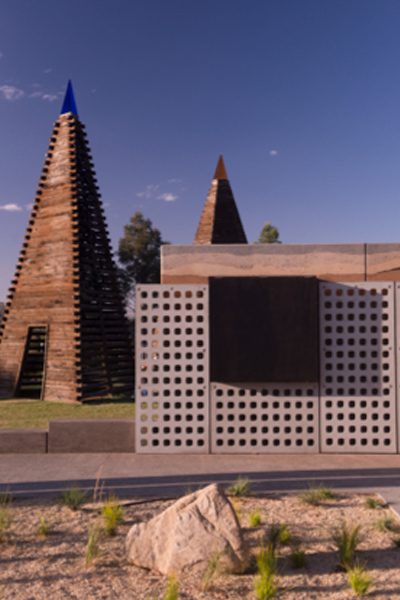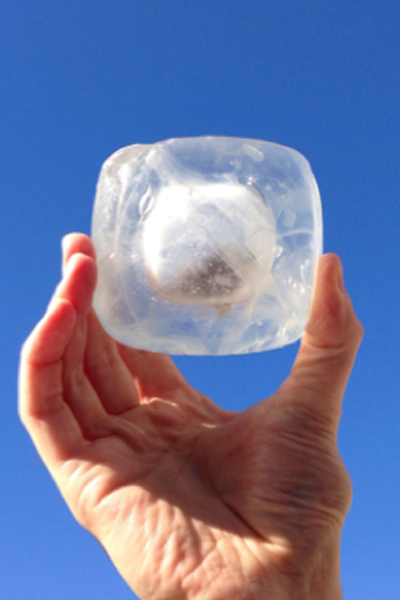
Oysters used to clean up the Derwent at MONA
Share
MONA (the Museum of New and Old Art) in Hobart has a new installation marking the latest chapter of the MONA MADA (Monash Art Design and Architecture) collaboration. It also completes the first stage of The River Derwent Heavy Metals Project, Retaining Wall, also known as the Oyster Mausoleum.
The installation, which was revealed on 6 June, comprises 100 glass bricks that were hand made at MADA and have now been installed in a wall, also designed by MADA, on MONA’s lawns.
The wall responds to a brief from project founder Kirsha Kaechele, who was looking to provide a solution to the heavy metal residues found in the River Derwent, but wanted to solve the problem in a manner that was both scientific and artistic.
Pollution has decreased in the area in recent years, but the Derwent still does have high levels of cadmium, lead, zinc, mercury and copper, thanks to decades of irresponsible industrial practices. Oysters are clever little critters though, and MADA Architecture and Fine Arts students had the smart idea of using them to filter the water and retain the heavy metals, in a process dubbed ‘bioremediation’.
When the wall was constructed, the ‘heroic’ oysters were entombed within. “I am thrilled to see the the Heavy Metals Retaining Wall fulfil its goal: to become a site for storing heavy metals that have been extracted from the river, as well as a commemorative memorial to the amazing work wild oysters do as bioremediators,” says MADA associate professor, Kit Wise. “The fact that the glass bricks are also very beautiful… is a bonus.”
Further information: www.monash.edu/mada
Or check out more images of the project on Pinterest.


















